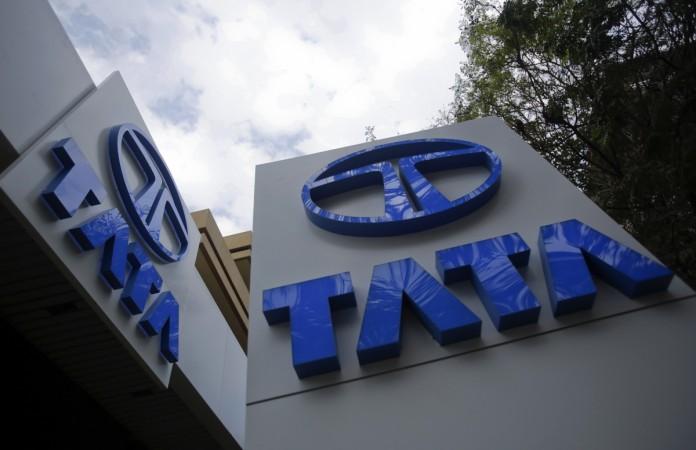
In a major announcement, Tata Motors launched a new powertrain for its electric vehicles highlighting the company's shift from internal combustion engines (ICE) to electric vehicles (EVs). The technology will be introduced in a range of its upcoming models, including the one scheduled for launch in the first quarter of next year. The move is expected to lower the cost of production by scaling up the volume.
Notably, even after the government pushing the automakers for a transition towards EVs, the sales numbers are not encouraging for the segment. Out total 3.4-million units market last year, EVs contribution has been mere 2,027 units. As per Tata Motors, volumes in the first eight months of 2019 have also remained tepid with just 1,000 units and lower numbers. The company attributed the reasons for the expectation of a reduction in GST rates on vehicles ahead of the budget, delay in getting FAME 2 certification.

The company has launched the new powertrain Ziptron and it will power the company's future electric vehicles. More importantly, it will drive the economies of scale eventually making it affordable for consumers on the other. Speaking at the launch of its new technology, Guenter Butschek, CEO & MD, Tata Motors said, "We are proud to present this state-of-art technology brand - ZIPTRON, which has been designed in-house while utilizing our global engineering network. At the heart of our future EV line-up, this technology will deliver a thrilling driving experience to our customers aspiring to go-green. Rigorously tested across 1 million km, ZIPTRON technology is well-proven, advanced and reliable. With this technology, we hope to usher in a new wave of eMobility in India and accelerate faster adoption of EVs, supporting the Government's vision."
The new EVs loaded with Ziptron is scheduled to be launched in the final quarter of the running financial year, said Shailesh Chandra, head of EV division. Notably, Ziptron will also have an efficient permanent magnet AC motor providing superior performance on demand. One of the major issues highlighted by the experts is comparatively lower but Butschek justifying the lower range argued that 400 km range is not actually the requirement by an EV user. He said, "We don't need a 450-km range EV when the actual driving usage range is 150 km."












